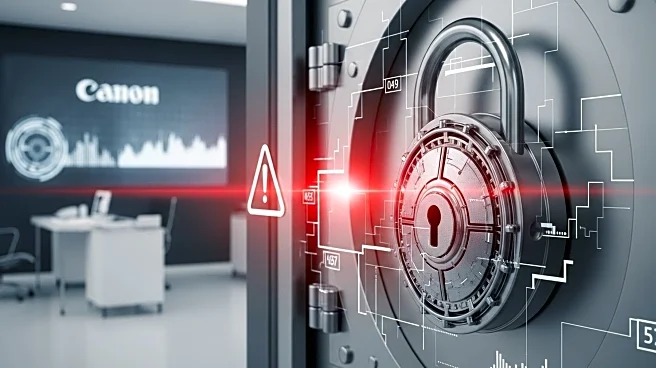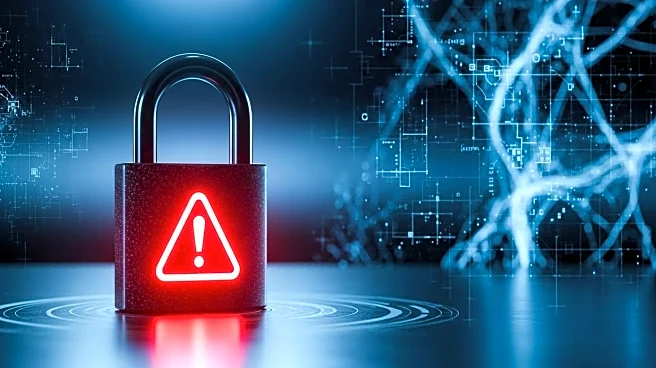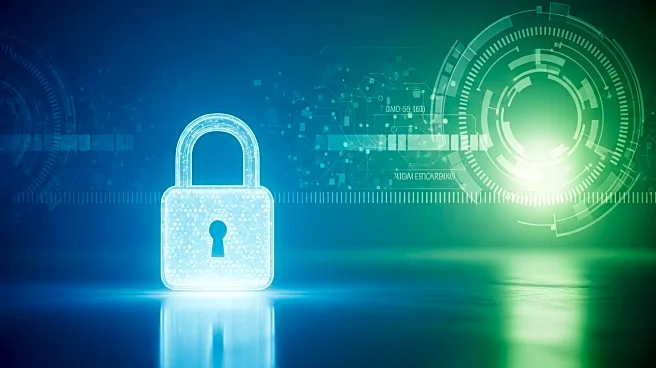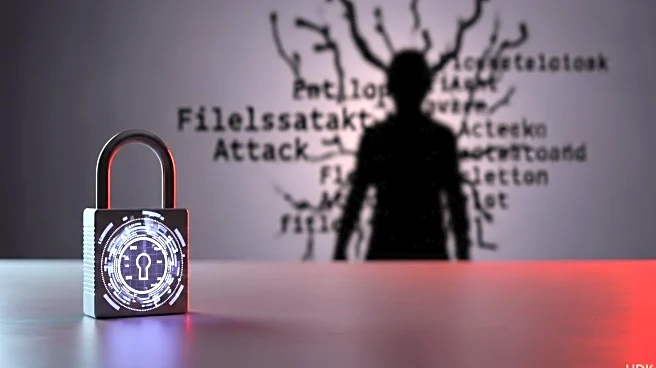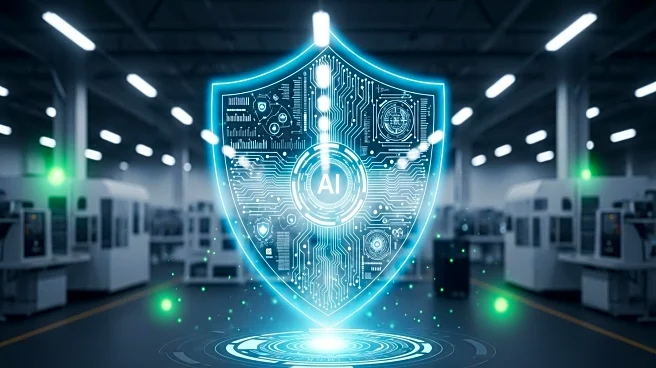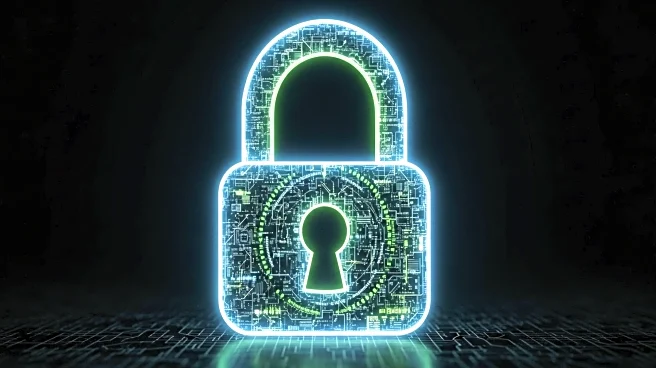What's Happening?
Security Operations Centers (SOCs) are facing increasing challenges in effectively protecting organizations from cyber threats. Despite significant investments in technology and outsourcing, breaches continue to occur, often slipping past SOCs unnoticed. The core issue lies not only in alert fatigue or the technology stack but also in the fundamental approach to designing and engineering for resilience. The current model of SOCs is struggling to keep up with the volume and complexity of modern cyber threats, highlighting the need for a reevaluation of strategies and processes.
Why It's Important?
The effectiveness of SOCs is critical to the security posture of organizations, as they are responsible for detecting and responding to cyber threats. The ongoing challenges faced by SOCs indicate a need for a shift in how security operations are managed. This may involve adopting new technologies, such as AI-driven systems, to automate routine tasks and enhance threat detection capabilities. Additionally, organizations must focus on building resilience by rethinking their security strategies and processes. Failure to address these issues could result in increased vulnerability to cyber attacks, with potentially severe consequences for businesses and their customers.
What's Next?
Organizations are likely to explore new approaches to improve the effectiveness of their SOCs. This may include investing in advanced technologies, such as AI and machine learning, to enhance threat detection and response capabilities. Additionally, there may be a focus on re-skilling security personnel to work alongside these technologies and developing new policies to govern their use. As the threat landscape continues to evolve, organizations must remain agile and proactive in their security strategies to protect against emerging threats.
Beyond the Headlines
The challenges faced by SOCs highlight broader issues in the cybersecurity industry, such as the talent shortage and the need for more effective collaboration between security teams. Addressing these challenges requires a holistic approach that considers not only technology but also people and processes. Organizations must foster a culture of continuous learning and innovation to stay ahead of cyber threats. Additionally, collaboration and information sharing between organizations can help improve the overall security posture of the industry.


